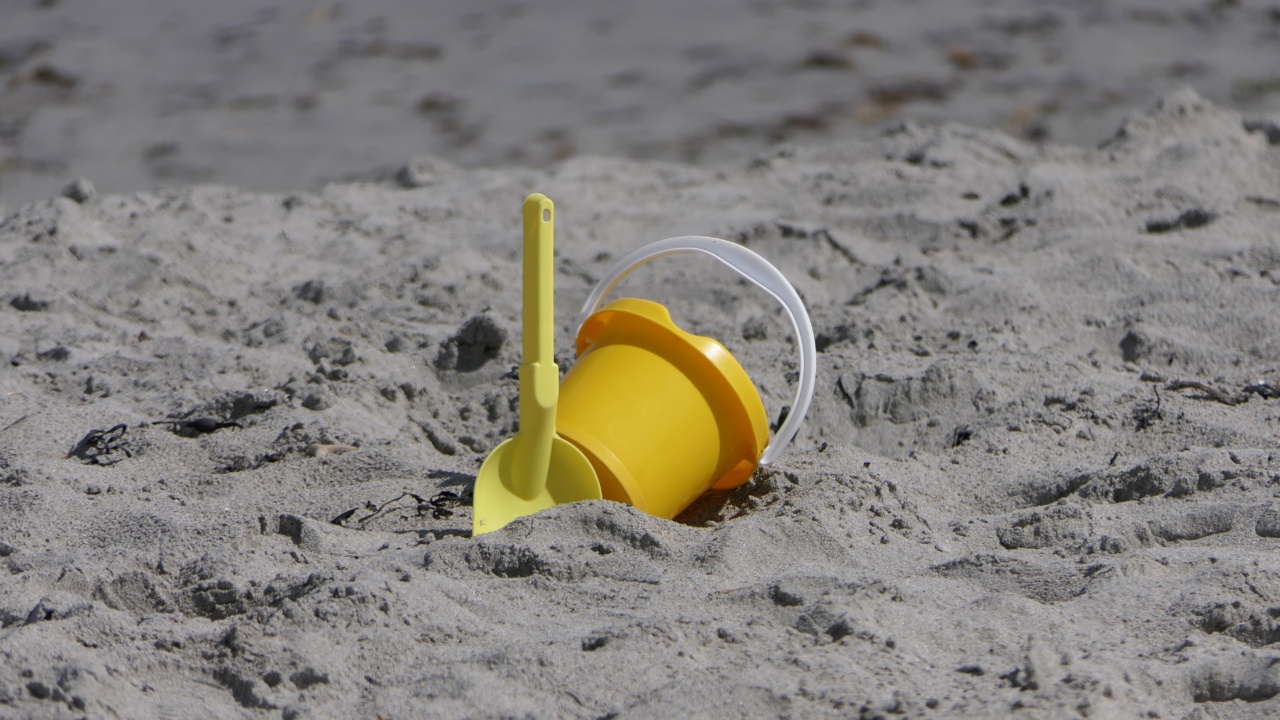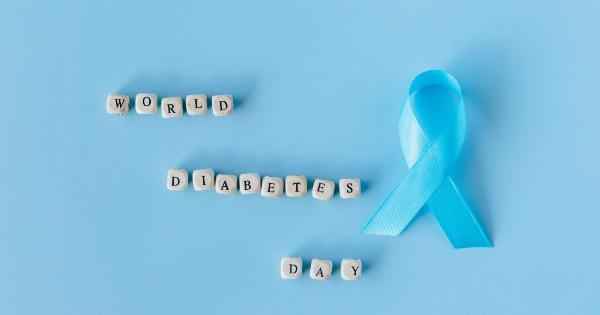Cystitis, commonly known as a urinary tract infection (UTI), is an infection that affects the bladder and urethra. It is a common health problem, especially among women, with 50 to 80 percent of women experiencing at least one UTI in their lifetime.
UTIs can range from mild to severe and can cause a lot of discomfort and pain. Here’s what you need to know about cystitis and how to manage it.
What is cystitis?
Cystitis is an inflammation of the bladder caused by bacterial infection. The bacteria that cause UTIs normally live in the intestinal tract and are harmless. However, if they find their way into the urinary tract, they can cause an infection.
Women are more likely to develop cystitis because their urethra is shorter than men’s, which makes it easier for bacteria to enter the bladder.
Symptoms of cystitis
The most common symptoms of cystitis include:.
- Painful urination
- Frequent urination
- Cloudy or strong-smelling urine
- Pain or discomfort in the lower abdomen
- Feeling tired or shaky
Cystitis can also cause fever, chills, and nausea in some cases, which indicates a more severe infection.
Diagnosing cystitis
If you suspect you have cystitis, it’s important to see a doctor. Your doctor will ask about your symptoms and perform a physical exam to check for signs of infection. They may also request a urine sample to check for bacteria in the urine.
A urine culture may also be done to determine the type of bacteria present and the best antibiotic to treat it.
Treatment for cystitis
The most common treatment for cystitis is a course of antibiotics prescribed by your doctor. The antibiotics work by killing the bacteria causing the infection.
It’s important to finish the entire course of antibiotics, even if you start to feel better. Failure to complete the course can cause the infection to come back, and the bacteria may develop resistance to antibiotics.
You can also take over-the-counter pain relievers, such as acetaminophen or ibuprofen, to help with the pain and discomfort. Drinking plenty of water can also help flush out the bacteria and reduce the risk of infection.
Preventing cystitis
There are several ways to prevent cystitis, including:.
- Drink plenty of water
- Wipe front to back after using the toilet
- Urinate frequently and don’t hold in urine for long periods of time
- Urinate after sex to flush out any bacteria that may have entered the urethra
- Avoid using douches, powders, and other feminine products that may irritate the urethra
The risk of developing cystitis can also be reduced by maintaining good hygiene practices, such as keeping the genital area clean.
When to see a doctor
If you have any of the symptoms of cystitis, it’s important to see a doctor. If the infection is left untreated, it can lead to more serious health problems, such as kidney infections.
If you experience any of the following symptoms, seek medical attention immediately:.
- Fever over 101 degrees Fahrenheit
- Nausea or vomiting
- Pain in the side or back
- Blood in the urine
Conclusion
Cystitis is a painful and uncomfortable condition that affects many people, especially women. If you suspect you have cystitis, it’s important to see a doctor for diagnosis and treatment.
Antibiotics are the most common treatment for cystitis, but there are also steps you can take to prevent UTIs from occurring. By maintaining good hygiene practices and following the tips mentioned above, you can reduce your risk of developing cystitis and other UTIs.






























